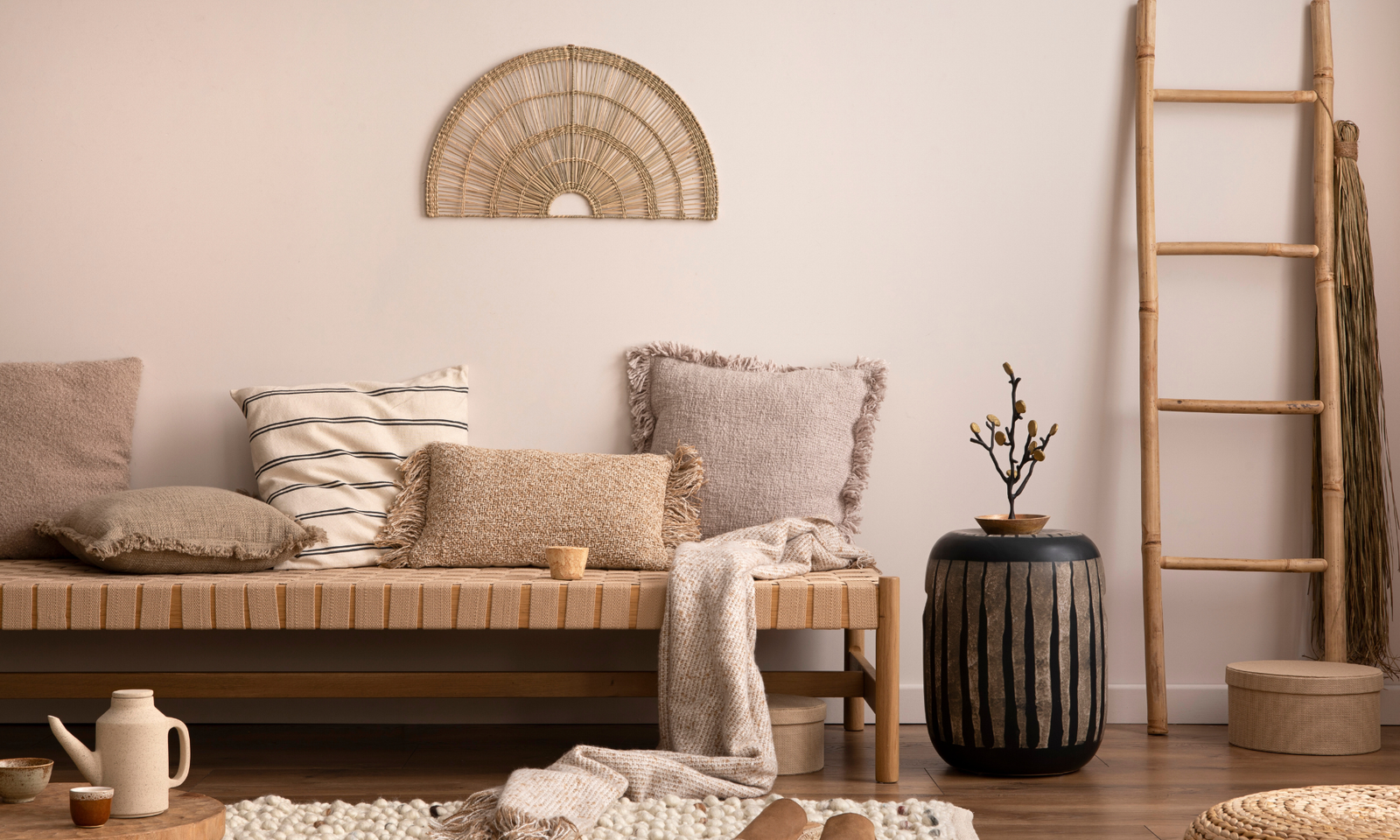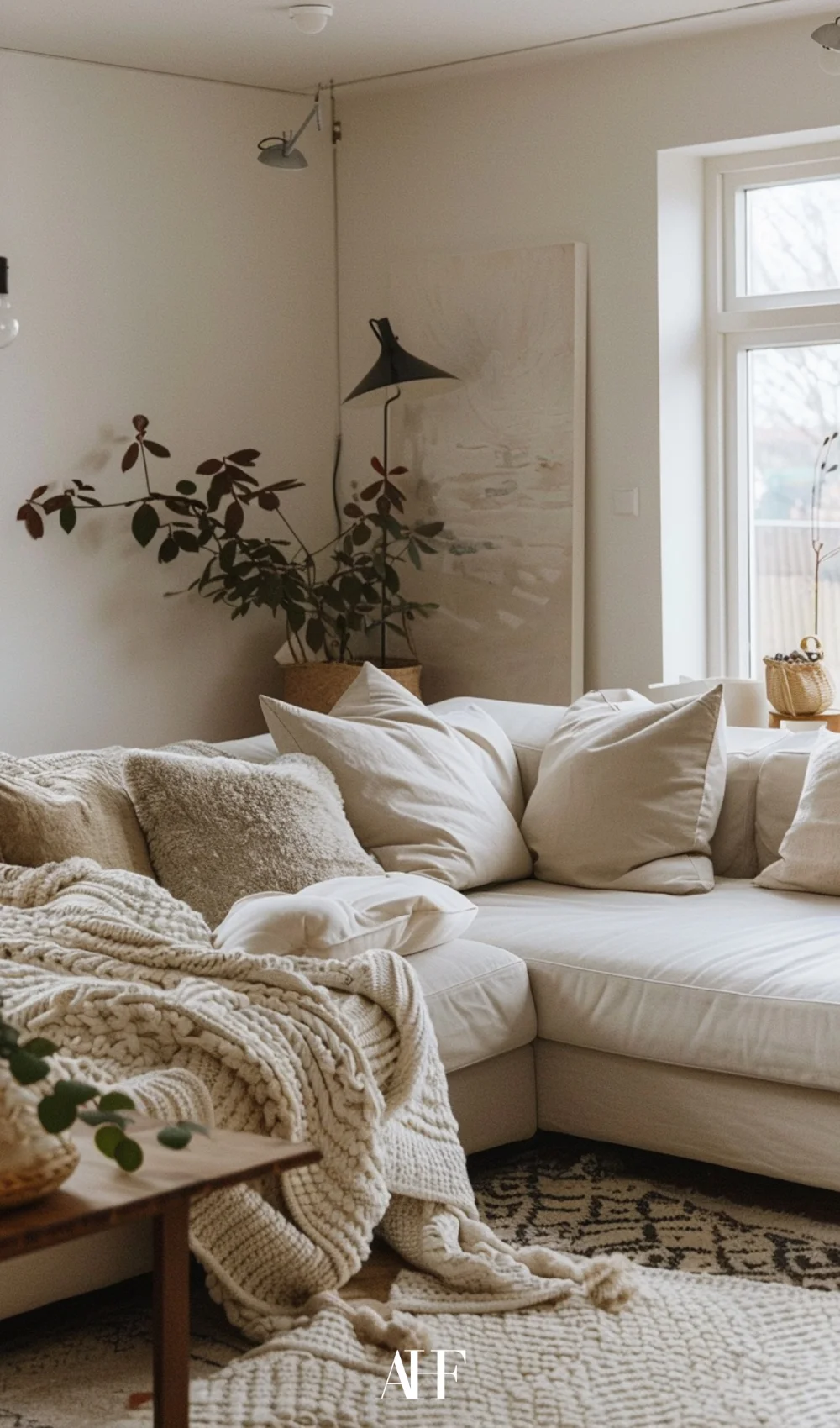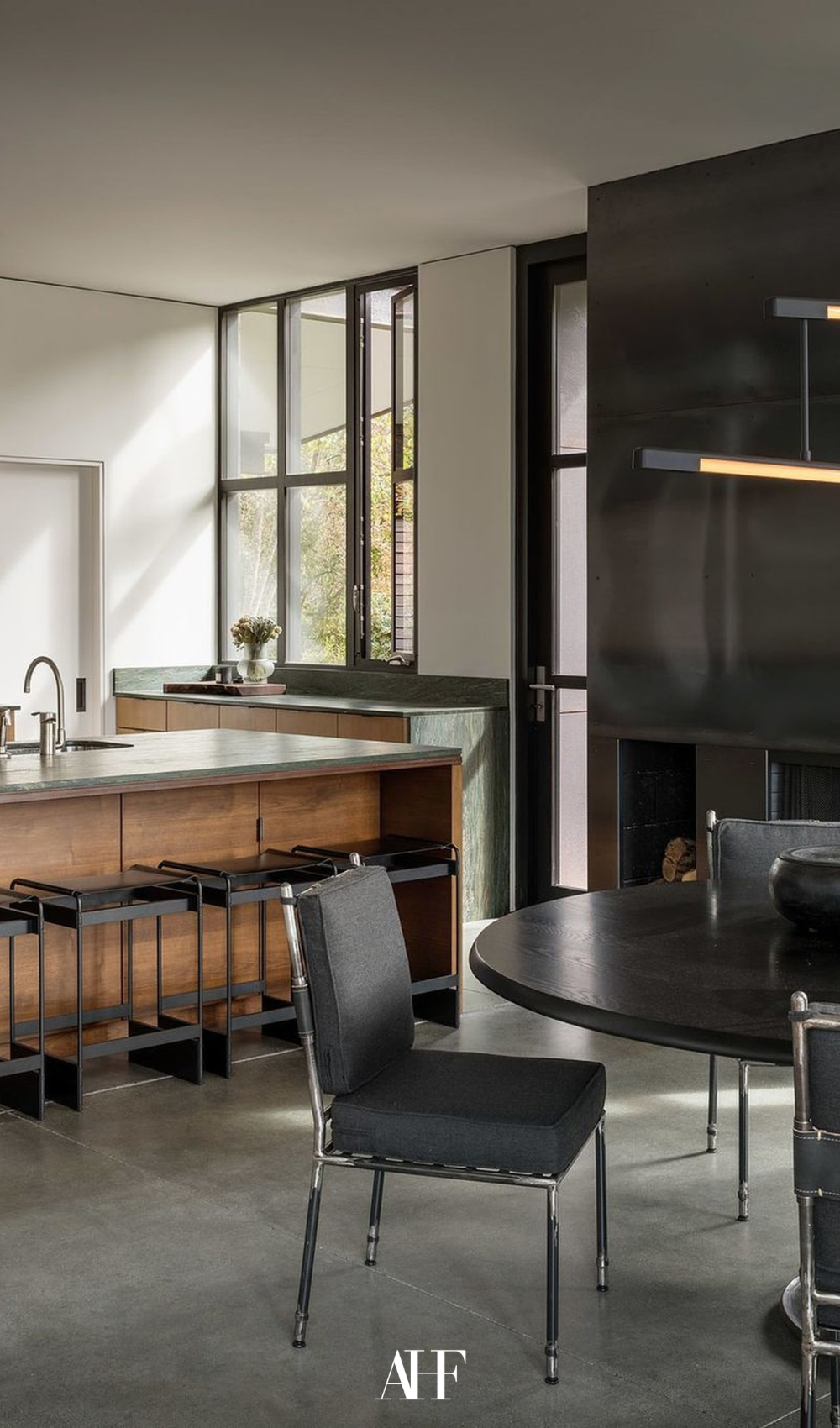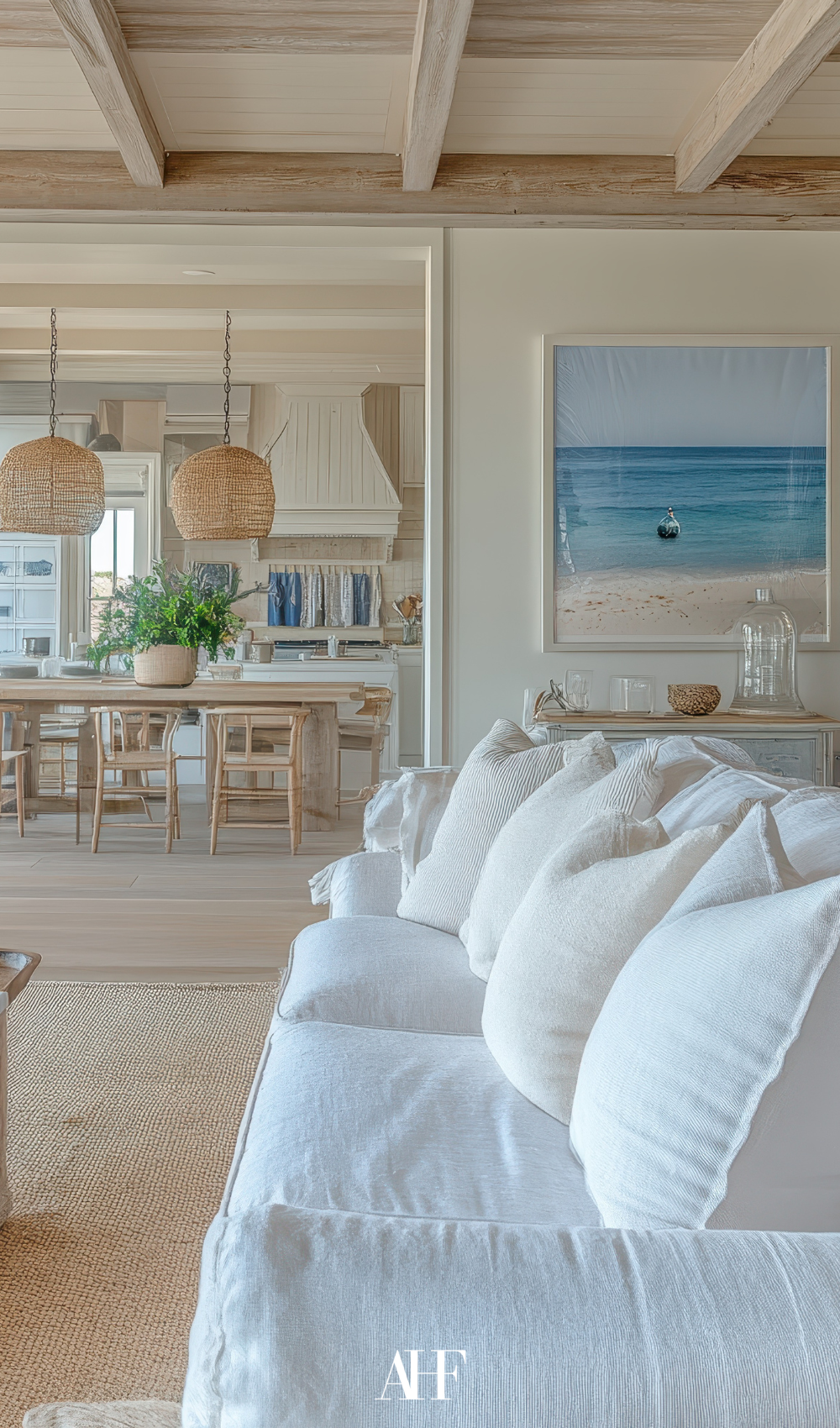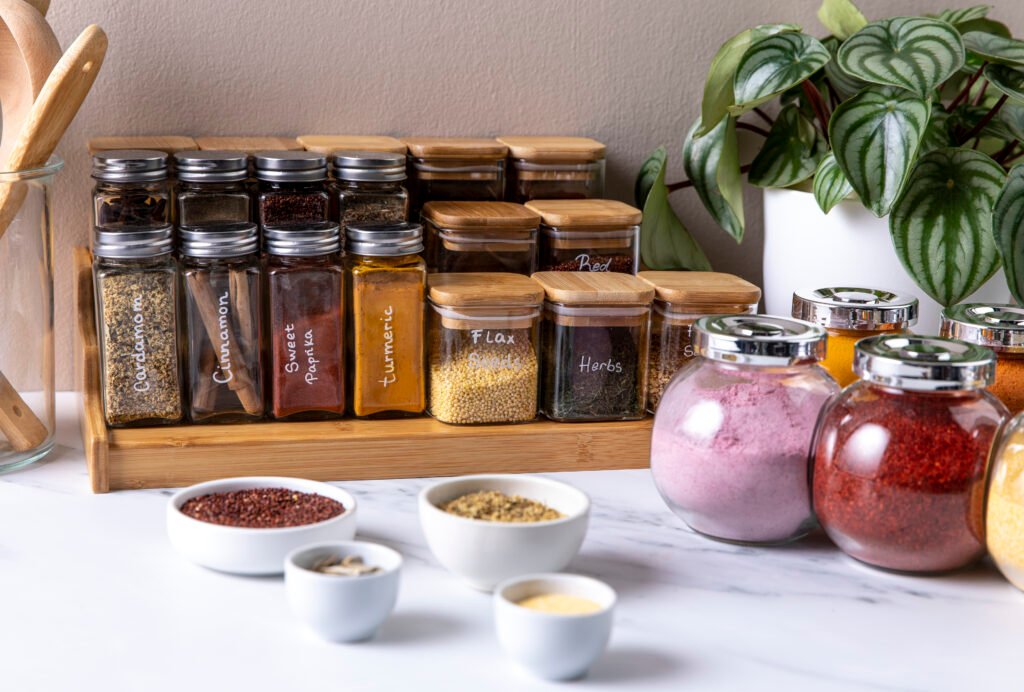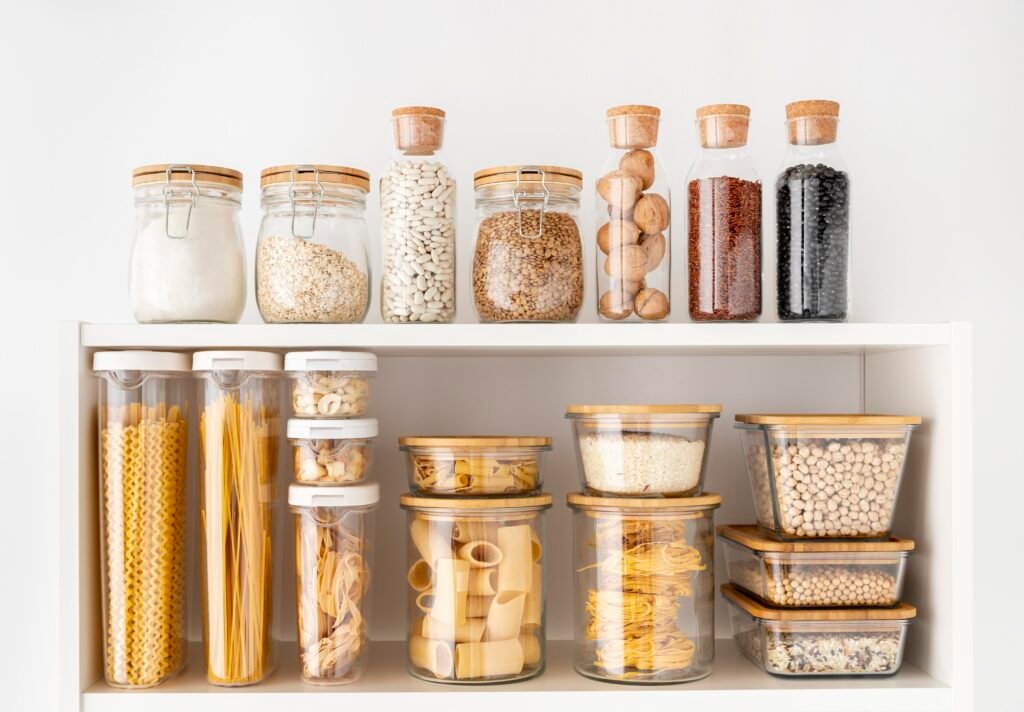When decorating your home, it’s always hard to know where to begin. Should you follow trends or trust your gut? Should you start in the living room or choose a color palette first? It can quickly become overwhelming – and that’s exactly why I created this 3-part guide on how to decorate your home.
In this first part, we’ll focus on the most important step of all: discovering your true interior style. Before you buy anything, let’s make sure your home reflects you – your taste, your needs and the atmosphere you actually want to live in.
1. Why Most Homes Feel Incomplete: The Most Common Home Decor Mistake and How to Fix It
The reason to why so many homes doesn’t feel complete isn’t always the lack of furniture – it’s rather the lack of a clear direction.
To create a home and not just decorate a house – you need a strong visual and emotional anchor in order for the space to feel balanced and inviting. If not, your space can end up feeling disconnected.
For example: If you mix farmhouse interior with industrial and boho vibes and then wonder why nothing flows together, it’s because you’re missing that core style. This is needed in order for everything to be tied together.
Tip: Instead of saving just random individual pieces, start saving full boards with a cohesive style. So, focus on hte overall feeling you want your home to have, then choose furniture and decor pieces that complements that vision.
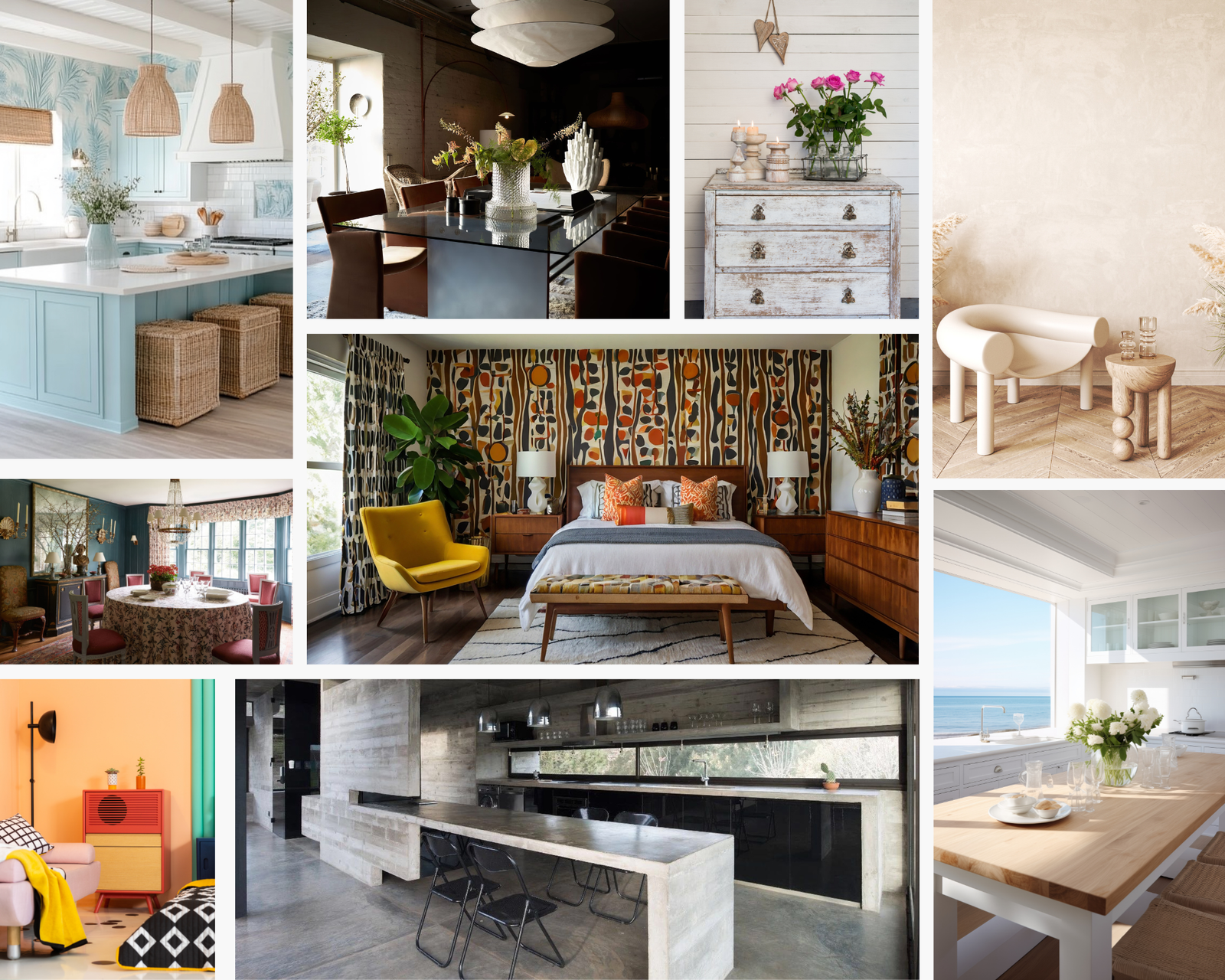
This moodboard contains pictures with clashing styles – making the whole moodboard messy and stressful.
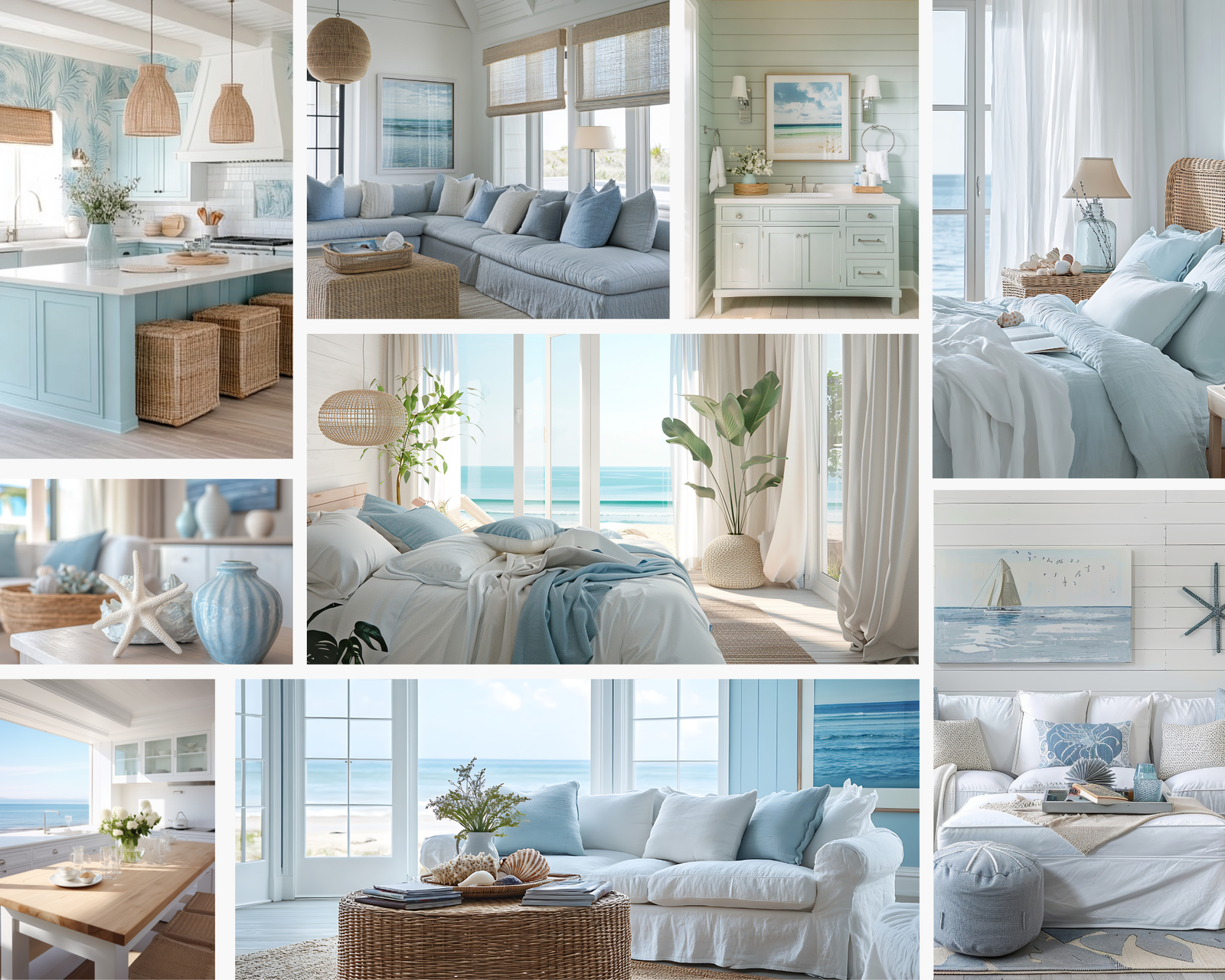
This moodboard contains pictures of a cohesive style – coastal interior. You can see a cleas thread with some blues, whiteas and wooden details.
2. Discover Your Interior Identity: How to Define Your Unique Home Style
Okay, now it’s time to define the look and feel of your home in a way that truly reflects who you are.
When creating a home that feels personal and harmonious it isn’t just about picking furniture or choosing colors. It’s also about capturing the mood and character that actually suits your lifestyle and personality.
So, to make this easy, here is a simple, but very effective 3-step method to help you discover your unique interior identity.
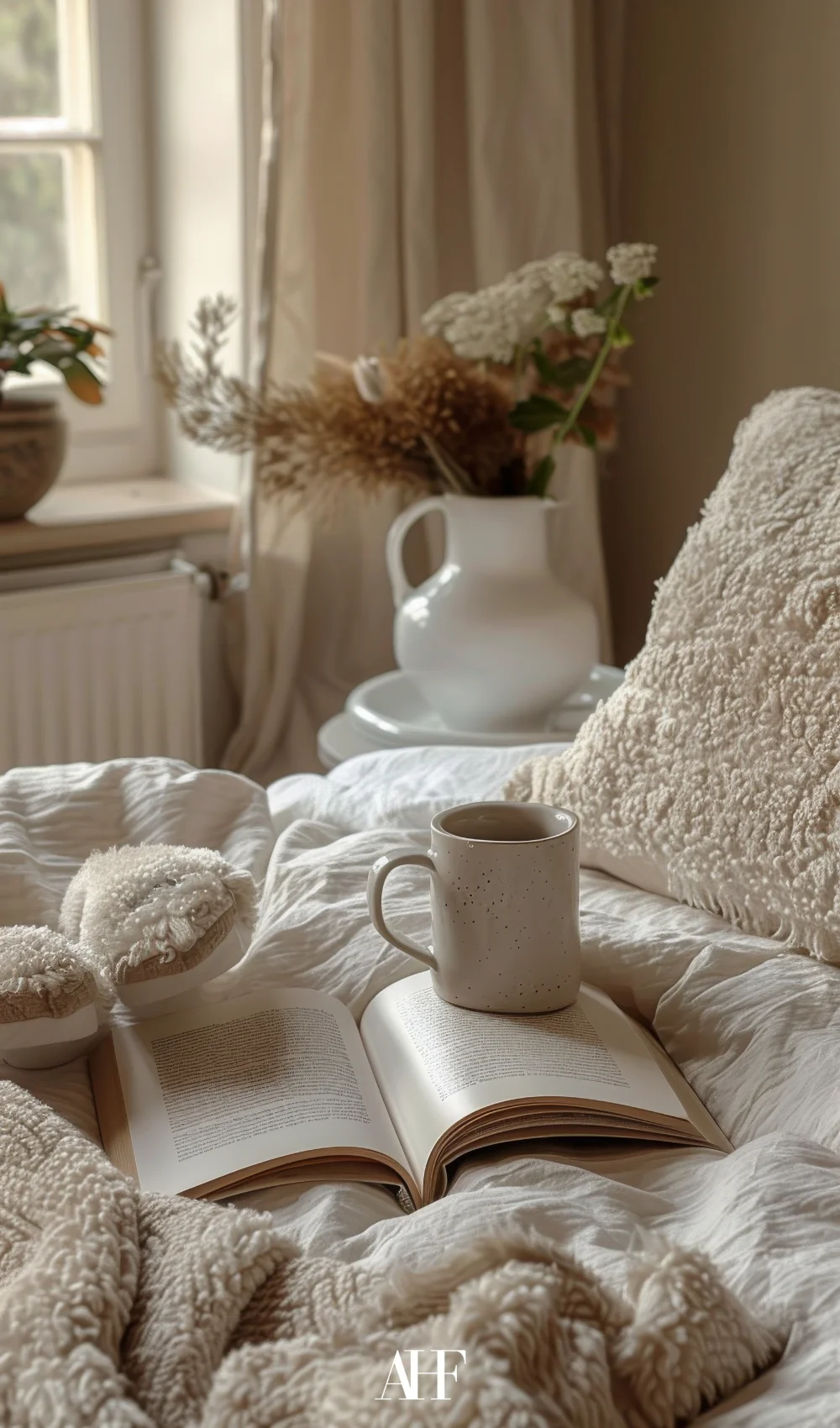
2.1 Step 1: Choose Three Words That Describe How You Want Your Home to Feel
Start by thinking about the atmosphere you want your home to create. Do you want it to feel cozy and inviting? Fresh and energizing? Sleek and sohisticated? Well, here are some examples of combinations to help inspire you:
- “Warm, simple, natural” – perfect for a cozy, down-to-earth vibe.
- “Crisp, playful, modern” – ideal if you want your home to feel lively and fun.
- “Neutral, airy, timeless” – great for a calm, elegant space that lasts over time.
You might not think this step is necessary, but by choosing just three words, you will create a clear foundation for your home. You will notice how these words will guide you when choosing colors, furniture, fabrics and decor details in the next step.
So, always keep these words in mind and ask yourself if your purchases align with these three words. If it does, you can get it!
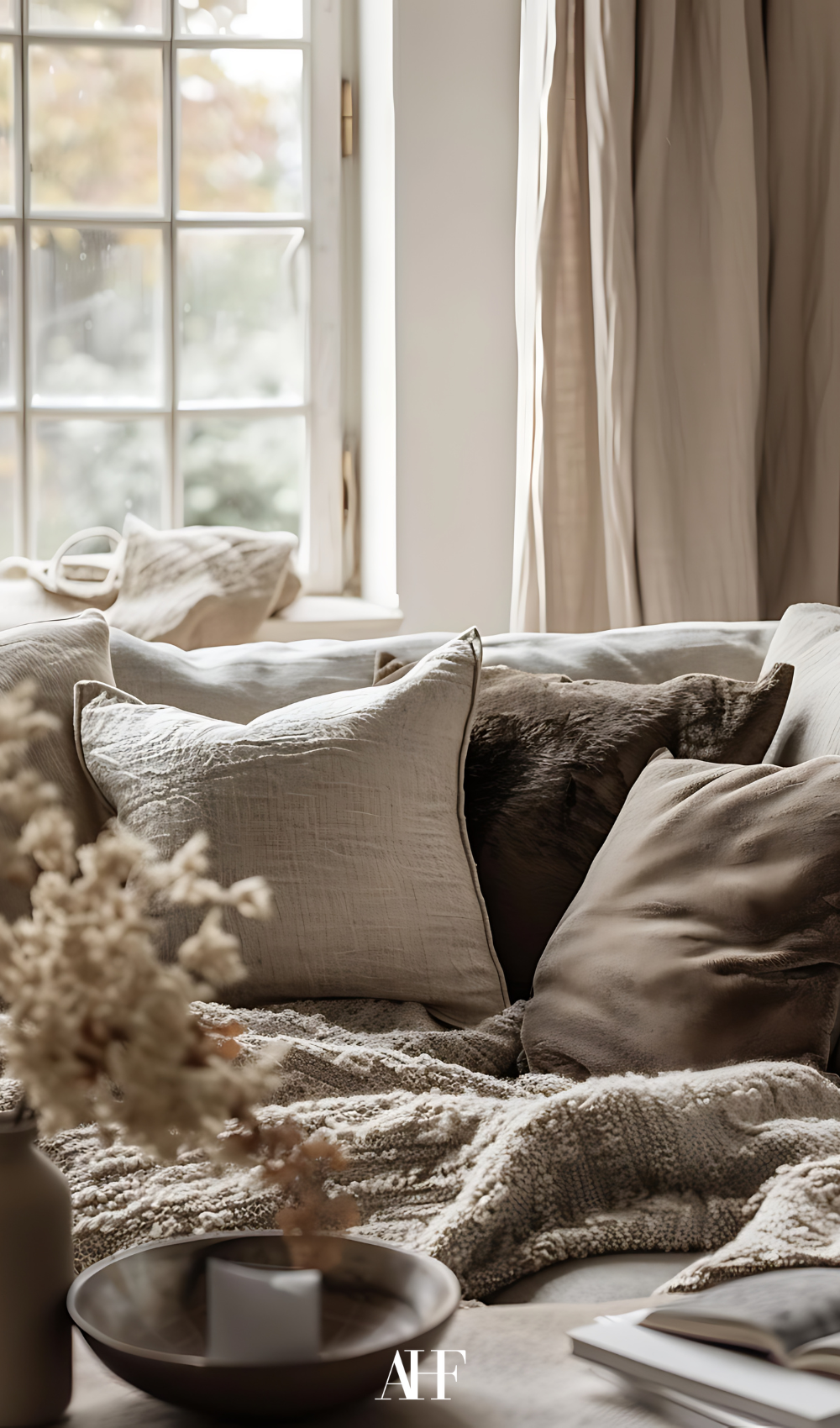
2.2 Step 2: Create a Core Moodboard
Now that you have your three key words, it’s time to bring those feeling to life visually. I believe a moodboard is one of the most important steps in order for you to really visualise how your home will look.
But, what is a moodboard? It’s just a simple collage of images, colors, textures and styles that reflects the vibe you want for your home. This will help you see how your ideas will come together and act as a guide when doing your decorating choices. Here are a simple guide:
- Open Pinterest, Canva or even your phone’s camera roll.
You are going to use one of these platforms to collect all of the images in just one place. - Search for or select 5 to 10 images that really connect with the three words you picked in Step 1.
Choose photos of rooms, color swatches, furnitures, textiles, artwork or really anything that reflects three words you chose. - Gather a variety of images.
It’s important to include a mix of colors, patterns, materials and furniture styles. This way you can see how different pieces work together. - Arrange your images together in one place.
If you’re using Pinterest, create a new board and pin your images there. If you’re using Canva or your phone, you can drag and drop the images into a collage format. - Look for common themes and feelings in your collection.
Ask yourself these questions: Do the colors complement each other? Do the styles feel cohesive? Can you find a common theme accross your images? - Use your moodboard as a reference.
Keep it handy when you shop or decorate so you can stay true to the style and feeling you want for your home.
Also, remember that it doesn’t have to be perfect! The goal here is to gather inspiration that reflects your personal style and mood. Once you have your moodboard, you will also have a clear visual of your style that will also make it easier to decide what to buy, keep or change in your home.
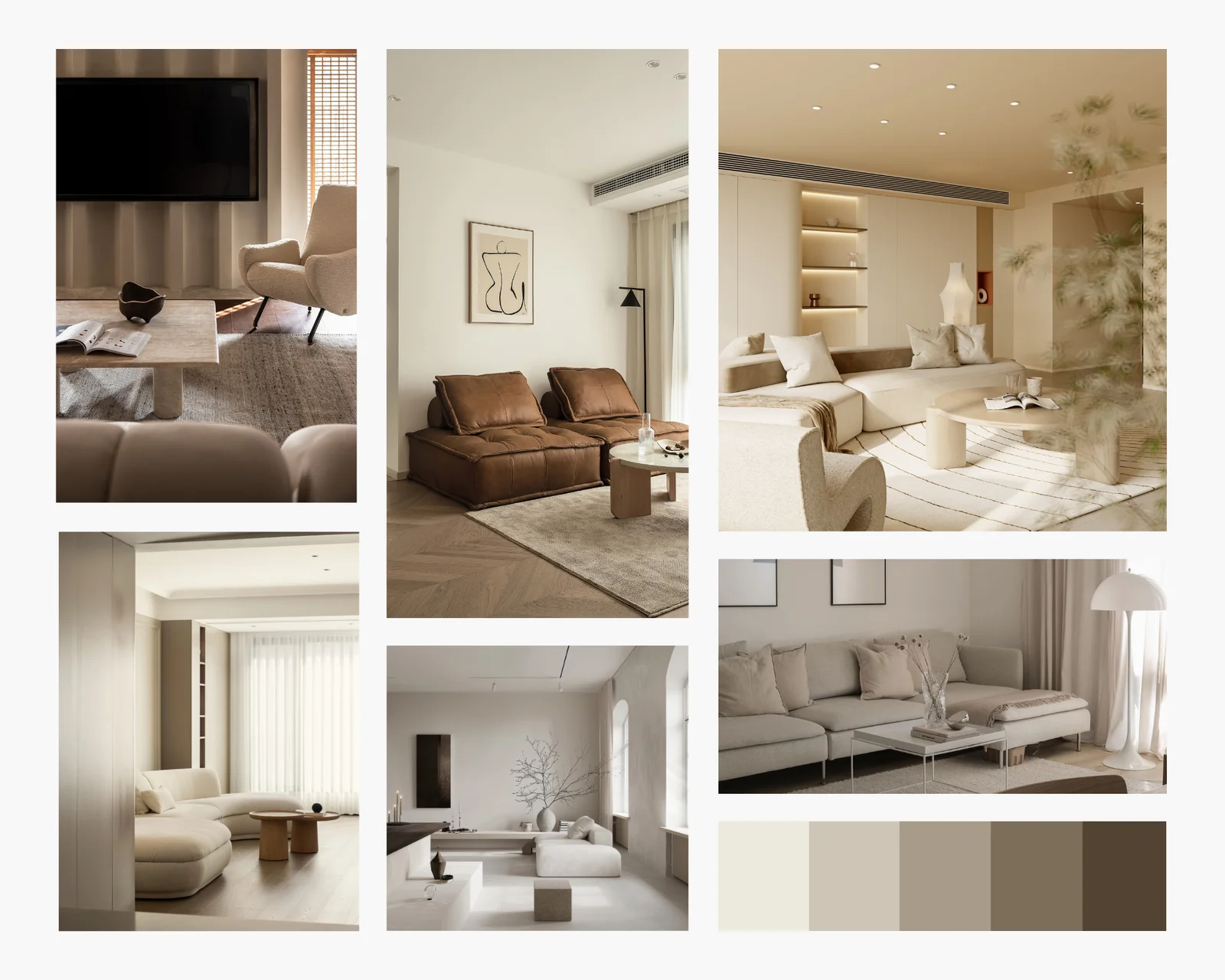
2.3 Step 3: Notice the Repetition
Above, I mentioned that you should look for common themes and feelings in your collection. Maybe you choose the same pattern all over again, or the same color or texture. These repeating elements are your style anchor – meaning it’s the core features that comes natural to you and also what will make your space cohesive.
We can take the above moodboard that I created as an example. So, as you can see, this moodboard have one obvious repeating element – neutral colors. All of these pictures are clearly images of neutral homes with a few wooden textures, there’s not that much color. I believe that you can also sense the feelings these images are giving you – a cozy calm and natural vibe.
Since these elements keep coming back, they will act as anchors that hold the whole style together. This will help you make clear and consistent decorating choices.
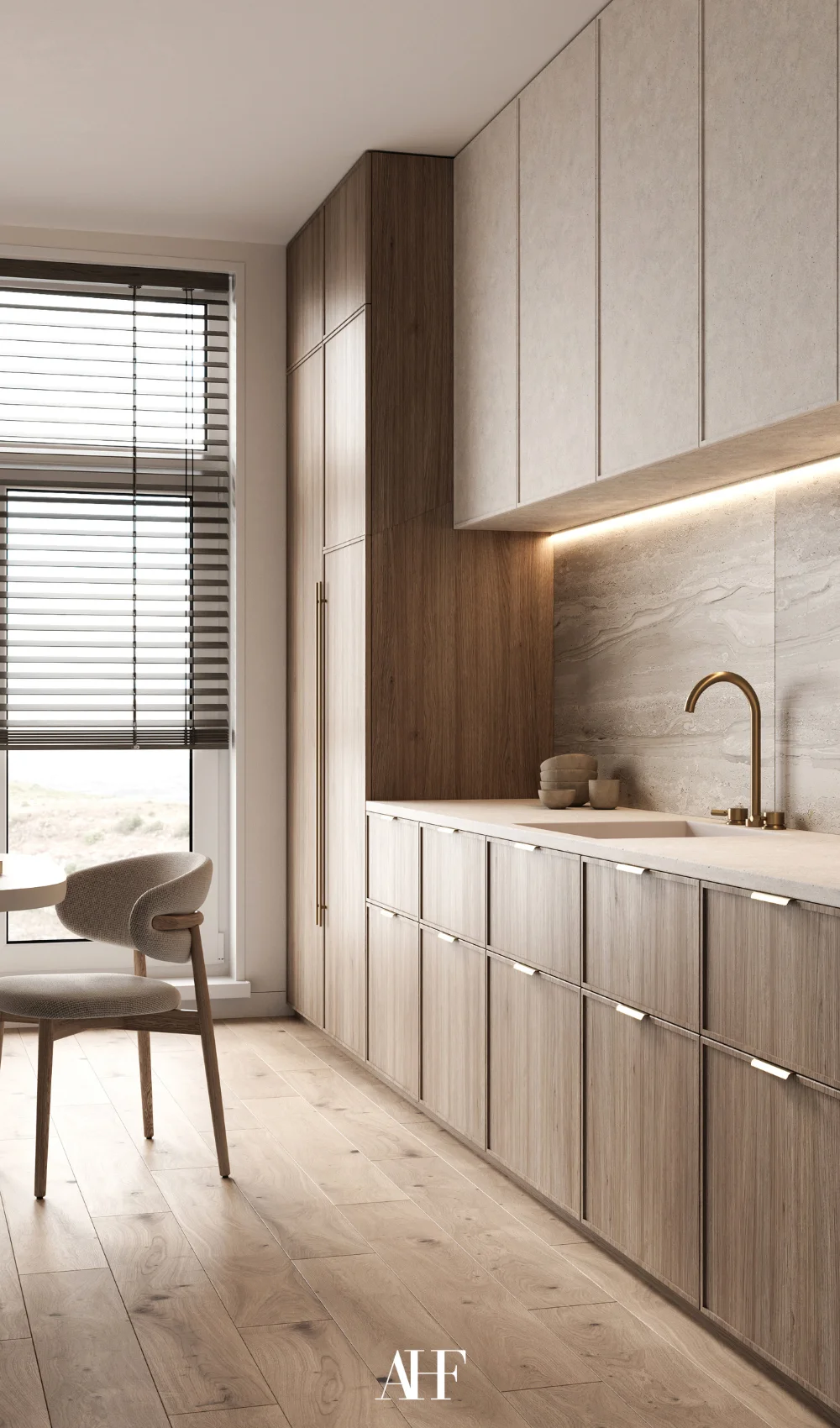
3. Common Mistakes When Defining Your Style
Even with the best intentions, it’s easy to fall into a few common traps when trying to define your interior style. Here are three things to look out for:
3.1 Letting Furniture Lead Instead of Feelings First
The first common mistake is to pick out your furniture pieces only focusing on what you think look nice. For instance, a trendy sofa or a cool chair, then just hope that it all comes together. However, without a clear direction, it rarely fit together.
Instead, begin by asking yourself: How do you want this space to feel? Cozy? Fresh? Minimal? When you start making more intentional thoughts with emotions in mind, your furniture choices will become much easier – and far more cohesive.
3.2 Trying Too Many Trends at Once
Both Pinterest and Instagram are full of inspiration and that can sometimes be overwhelming – resulting in you wanting to try every style. As you could tell above, mixing too many styles can often lead to a very confused space. One moment it’s Japandi and the next it’s Cottagecore.
Instead of making this mistake, pick one or two styles that align well with your personal vision. Trends can absolutely be a great starting point, but use them as tools – not rules.
3.3 Changing Styles from Room to Room
Each room in your home can have its own personality, but if every space feels like it belongs to a different house, it breaks the natural flow.
Instead, aim for a thread of consistency. It could be a repeating color palette, material or even a mood. This way, your home will feel more like one story, not several disconnected chapters.
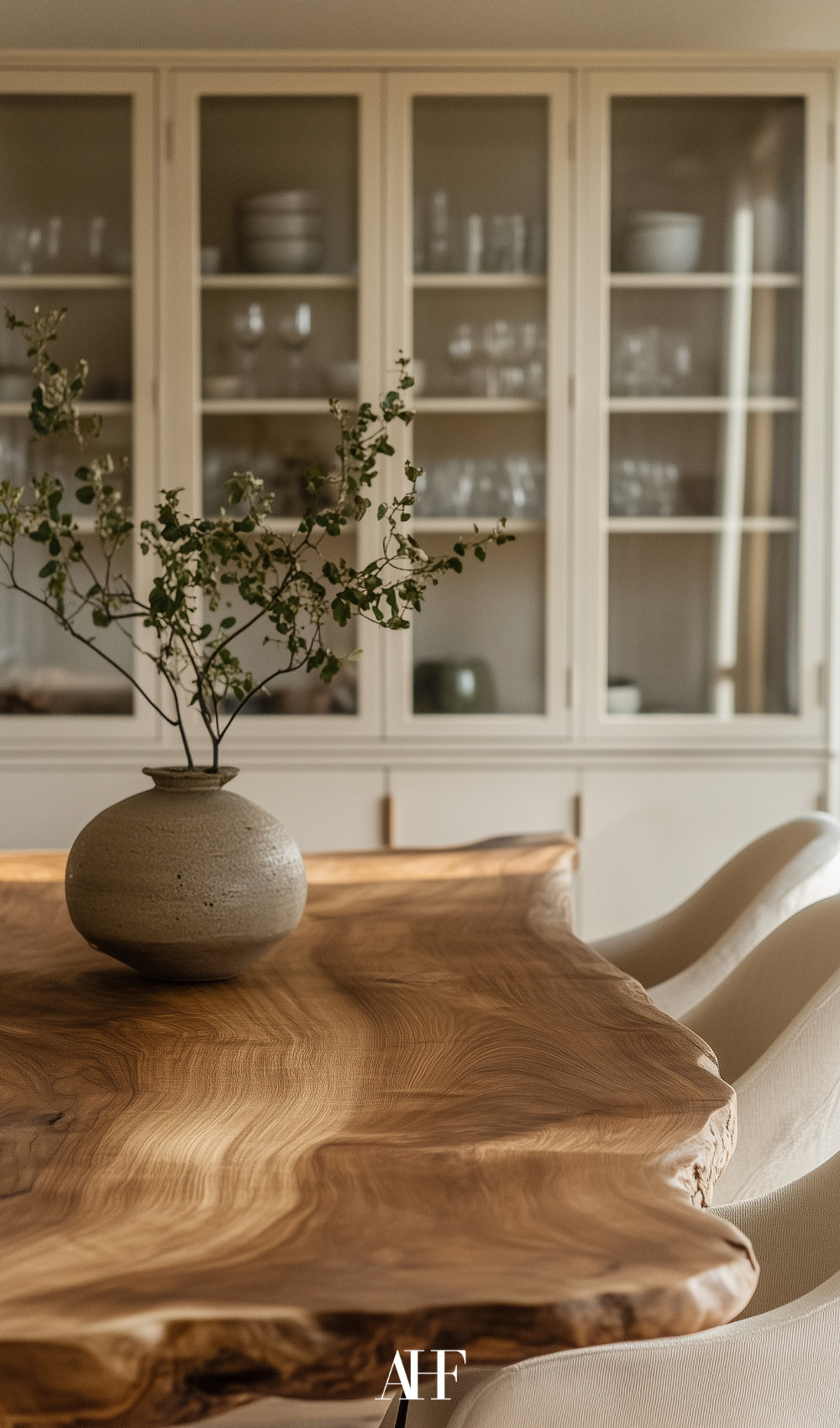
4. How To Decorate Your Home – Mini Assignment For You
Now it’s time for you to make this a reality. I will give you three different tasks and I want you to do these right now – it’s very easy to do it right in your phone.
- Start by writing down three words that describes the atmosphere you want to achieve.
- Now, it’s time to head over to Pinterest and find 6 images that you like. Save these to your phone.
- The last step is to reflect your board: Does this feel like a space you’d want to come home to every day?
5. What’s Next?
Now that you have both the emotional and visual groundwork, it’s time to step beyond inspiration and actually get into action. You’ve defined how you want your home to feel and you’ve also created a visual guide that reflects your style. This groundwork will be your foundation for the next steps.
The next step is moving room by room with clarity and confidence. So, instead of guessing what fits or endlessly scrolling for ideas, you now have a clear vision that makes it easier to make decisions.
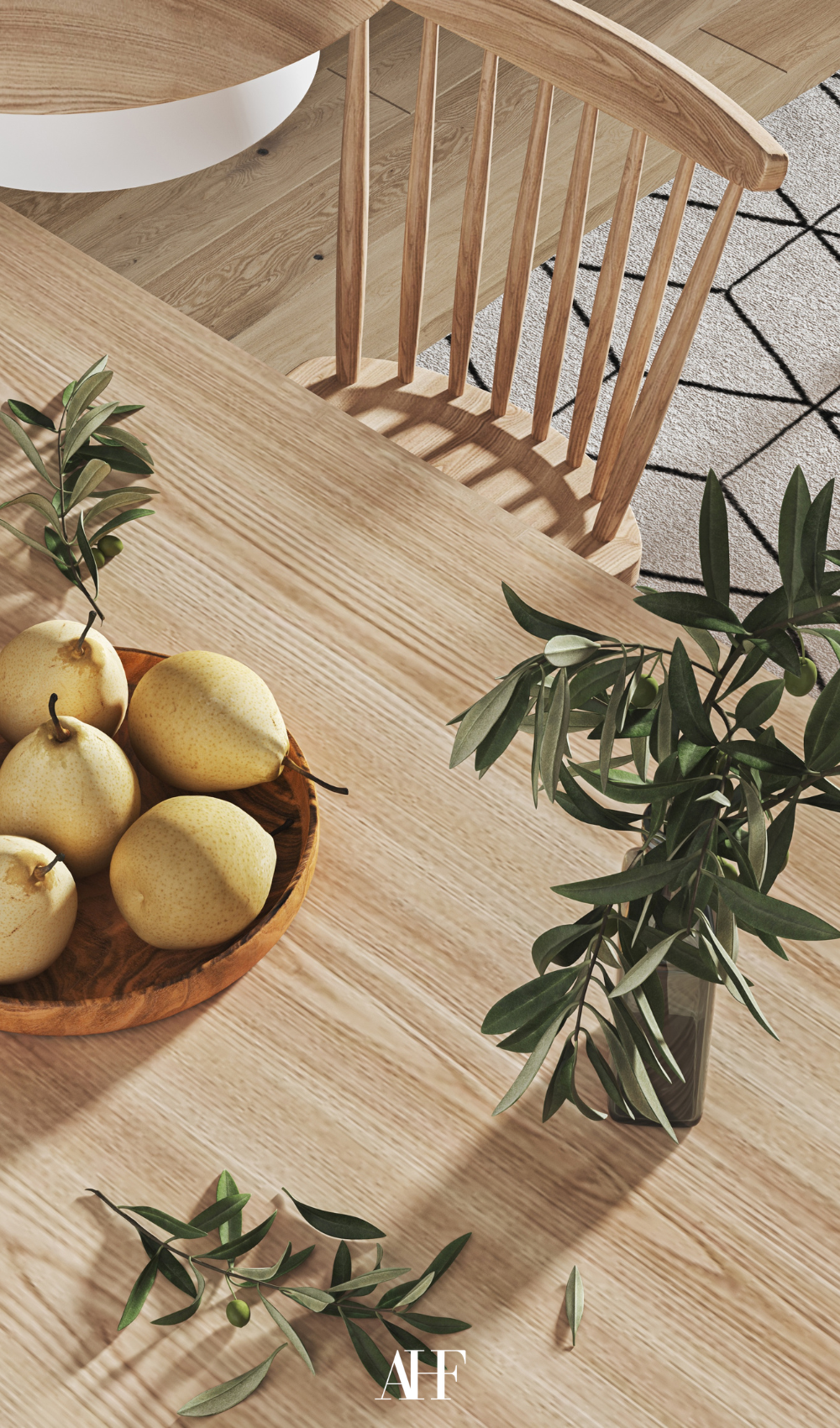
Final Thoughts
Finding your interior style isn’t about following any specific rules – it’s more about creating a space that reflects you. This first step might feel abstract, but it truly is the most powerful thing you can do in order to avoid any design frustration later on. You will see how easy it will be for you to decorate your home if you know the atmosphere you’re aiming for – it will make each decision much easier.
Are you ready for the next step? Part 2 is coming next week, where we’ll take your ideas and start turning them into action – room by room. That’s where the true magic begins!
Subscribe to the newsletter so you don’t miss it!

